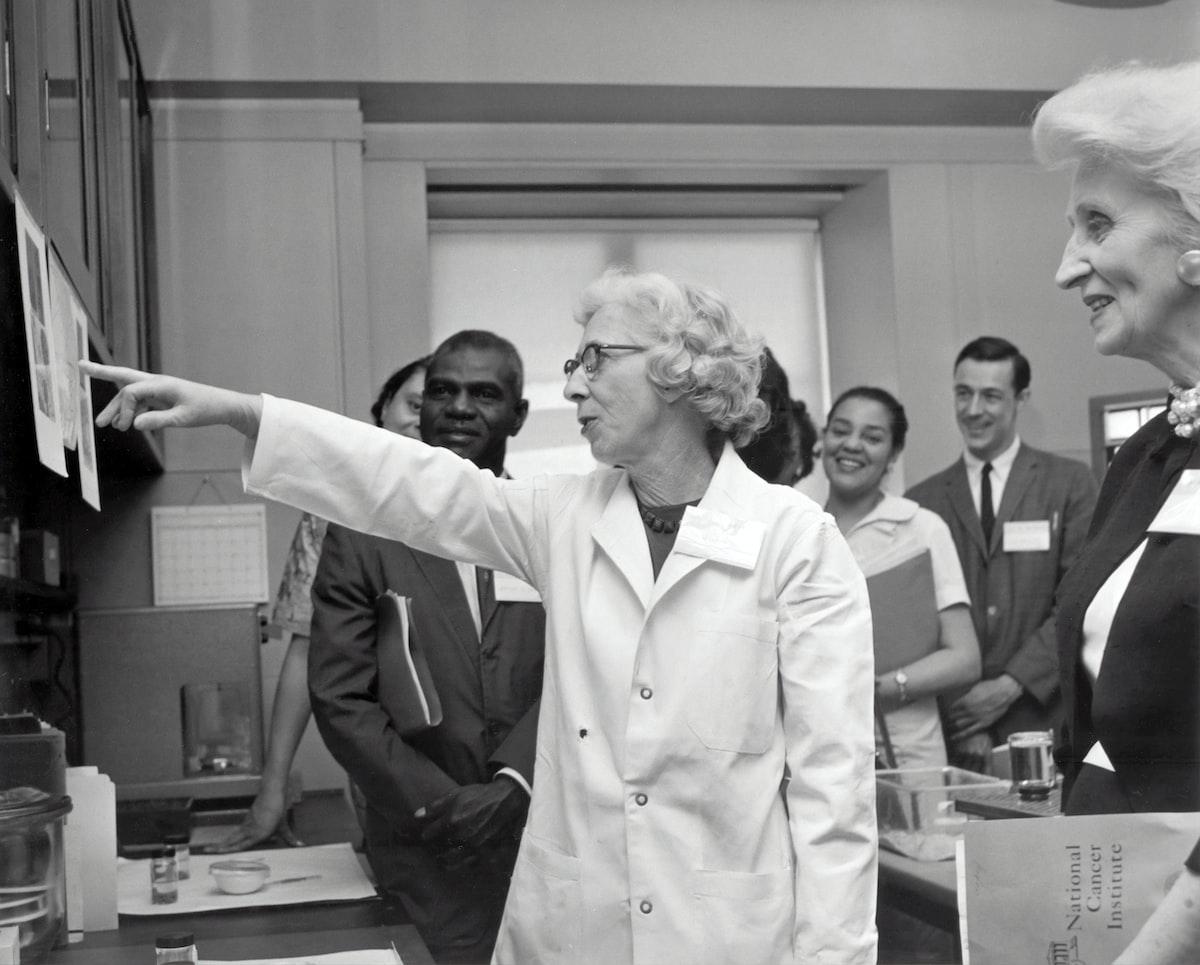How will Large Language Models (LLMs) Transform Biomedical Research?
January 19, 2023
·Ahmad Jadallah

This article was co-authored with ChatGPT - One of the finest applications of LLM to date.
Large language models, such as GPT-3, have the potential to revolutionize biomedical research by helping scientists quickly and accurately analyze vast amounts of data.
One of the most promising applications is in natural language processing (NLP) of biomedical literature. For example, GPT-3 can be used to analyze large sets of scientific papers and extract relevant information, such as new drug targets or genetic markers associated with a particular disease. This can help researchers stay up-to-date on the latest findings in their field and identify new areas of investigation.
Another area where large language models can be useful is in the analysis of electronic health records (EHRs). These records contain a wealth of information about patients' health, including symptoms, diagnoses, and treatment outcomes. However, the sheer volume of data in EHRs can make it difficult for researchers to extract meaningful insights. GPT-3 can help by analyzing EHRs and identifying patterns that may indicate a particular disease or treatment response.
Large language models can also be used to generate new hypotheses in biomedical research. By training on a large dataset of scientific papers, GPT-3 can generate new ideas that may not have been considered by researchers before. This can help accelerate the pace of discovery in the field.
In addition, GPT-3 can be used to generate scientific summaries and abstracts, which can be useful for researchers who want to quickly understand the main findings of a study, or for non-experts who want to learn more about a particular topic.
Specific Applications in Bioinformatics:
Large Language Models (LLMs) have the potential to revolutionize bioinformatics by providing powerful tools for analyzing and interpreting large-scale genomic data.
One of the most promising applications of LLMs in bioinformatics is in the analysis of DNA sequencing data. For example, GPT-3 can be used to analyze large sets of genomic data and identify patterns that may indicate a particular genetic disorder or susceptibility to a certain disease. This can help researchers identify new targets for drug development and personalized medicine.
Another area where LLMs can be useful is in the annotation of genomic data. The process of annotating genomic data involves assigning functional roles to the different regions of DNA, such as identifying genes, regulatory regions, and non-coding RNAs. This is a time-consuming and complex task, but LLMs can help automate this process by analyzing large sets of genomic data and identifying patterns that may indicate the presence of a particular type of annotation.
LLMs can also be used to generate new hypotheses in bioinformatics. By training on large datasets of genomic data, LLMs can generate new ideas that may not have been considered by researchers before. This can help accelerate the pace of discovery in the field.
In addition, LLMs can be used to generate natural language summaries of bioinformatics research, which can be useful for researchers who want to quickly understand the main findings of a study, or for non-experts who want to learn more about a particular topic.
Overall, LLMs have the potential to impact significantly bioinformatics by providing powerful tools for analyzing and interpreting large-scale genomic data, and by generating new hypotheses and summaries that can help accelerate the pace of discovery in the field. However, it's important to note that the model's output should be validated by experts in the respective field, and the models should be trained on diverse and trustworthy datasets.
How is Bionl Accelerating Biomedical Research:
Bionl utilizes state-of-the-art LLMs to support biomedical scientists conduct most of their day-to-day research through natural language prompts. Whether in basic statistics, retrieving information from massive data sets, or even plotting and data visualization, Bionl is the first-of-its-kind solution that can achieve this at great accuracy.
Bionl.ai | Next Generation Biomedical Research Platform
Next Generation Biomedical Research Platform

Overall, large language models have the potential to greatly impact biomedical research by helping scientists analyze vast amounts of data, extract new insights, and generate new hypotheses. However, it's important to note that the model's output should be validated by experts in the respective field, and the models should be trained on diverse and trustworthy datasets.
Related Posts
- Genetics
- Research
The Effect of Genetics on Drug Metabolism
Genetics plays a key role in how individuals metabolize drugs, influencing both effectiveness and risk of side effects. Real-world cases like codeine, citalopram, and azathioprine highlight the clinical impact of tailoring treatments through genetics.
Aug 2023
Bayan Abu Alragheb
- Bioinformatics
- Research
Reproducibility in Bioinformatics Research with Bionl
Reproducibility, the cornerstone of scientific integrity, is the ability to duplicate the results of a scientific experiment or study. In the realm of bioinformatics research, reproducibility takes on a heightened significance due to the complexity of experiments, specialized software, and large datasets involved. This article explores the challenges and solutions to achieving reproducibility in bioinformatics research, with a special focus on how Bionl.ai can facilitate this crucial aspect.
Nov 2023